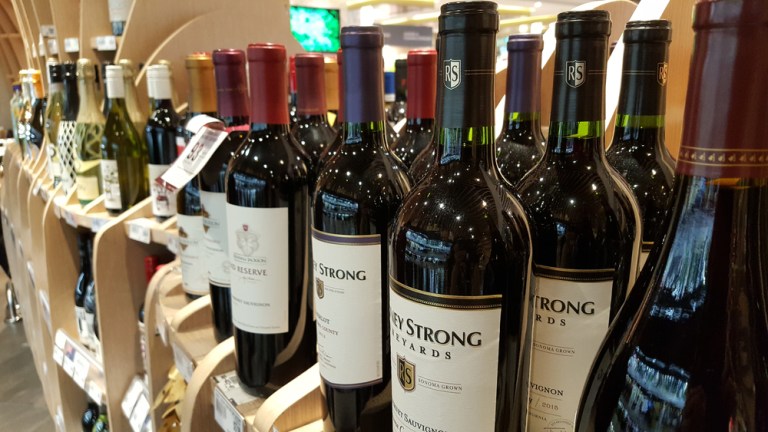
As consumers increasingly turn to eCommerce platforms to get their day-to-day needs met alcohol remains largely left out of the digital shift, leaving a significant opportunity for those that can navigate the tangle of rules and regulations.
In an interview with PYMNTS, Zac Brandenberg, co-founder and CEO of alcohol eCommerce platform DRINKS, laid out how 90-year-old laws continue to keep the alcohol eCommerce space from growing to meet demand.
“Alcohol is relatively under-enabled versus other verticals. … That owes a lot to the three-tier system in the United States coming out of prohibition and the regulatory framework that has created a lot of impositions on the product category itself,” Brandenberg said. “So, [the space is] really young in many, many ways, especially compared to other products that you can buy, and also really immature when you think about how large the market is.”
The three-tier system refers to the hierarchy put in place in 1933, requiring producers to sell to wholesale distributors, who then sell to retailers, who in turn sell to consumers. In some states, the state government controls one or more of these tiers.
He noted that, while there is a range of estimates for the U.S. alcoholic beverage market, DRINKS tends to go with the $285 billion figure. Thus, if the alcoholic beverage category were to catch up with, say, the online grocery category, there would be tens of billions of dollars to be earned.
Research from PYMNTS’ new study “Tracking the Digital Payments Takeover: Catching the Coming eCommerce Wave,” created in collaboration with Amazon Web Services, which draws from an April survey of nearly 2,700 U.S. consumers, reveals that 12% of grocery transactions are carried out online.
The share of total grocery spending going towards eCommerce channels is greater than 12% since eCommerce purchases tend to be larger. Still, if even that share — 12% —of U.S. alcohol spending went to eCommerce channels, that would amount to a $34.2 billion opportunity.
Yet the laws around alcoholic beverage sales make it difficult for the space to seize on this opportunity.
“It’s a joke, if you will, that we’ve been making for years that it’s easier to buy a car online than it is in some states to buy beverage alcohol,” Brandenberg said.
He noted that the consumer demand has been high since the early stages of the pandemic but added that this demand is not enough to bring the space to maturity. Rather, it will take major distributors and retailers reaching “a tipping point” in the desire to seize on that demand to “drive it forward.”
Indeed, consumers have stepped up their alcohol eCommerce activity since 2020. A 2021 PYMNTS survey of nearly 2,000 consumers found that almost half of all consumers (49%) reported purchasing alcohol online for same-day delivery more since the pandemic began, and 48% said the same of buying alcohol online for delivery at a later date.
Still, if change is coming, it is going to occur slowly.
“One of the things that you have to get used to in this industry as it doesn’t move very fast,” Brandenberg said. “[You] need to sort of drag the industry forward, instead of being able to present technology solutions and expect they’re going to be adopted in the same way that other verticals … are more likely to embrace that.”